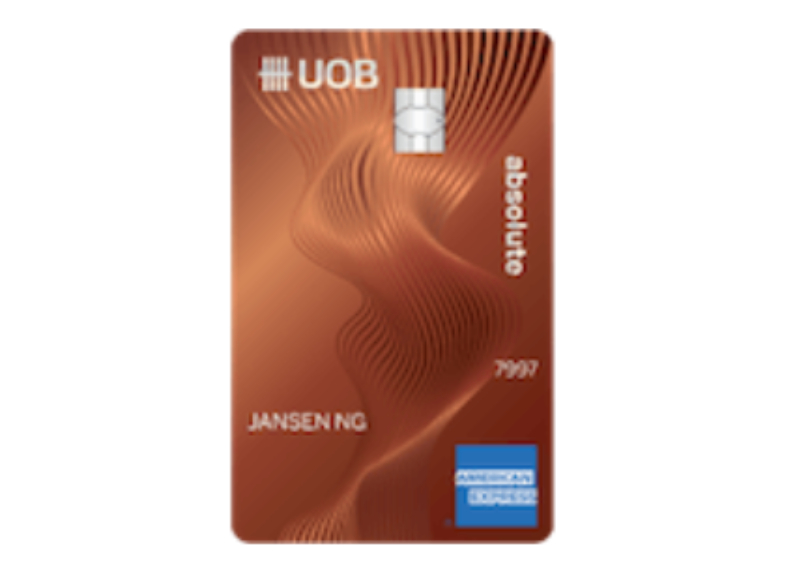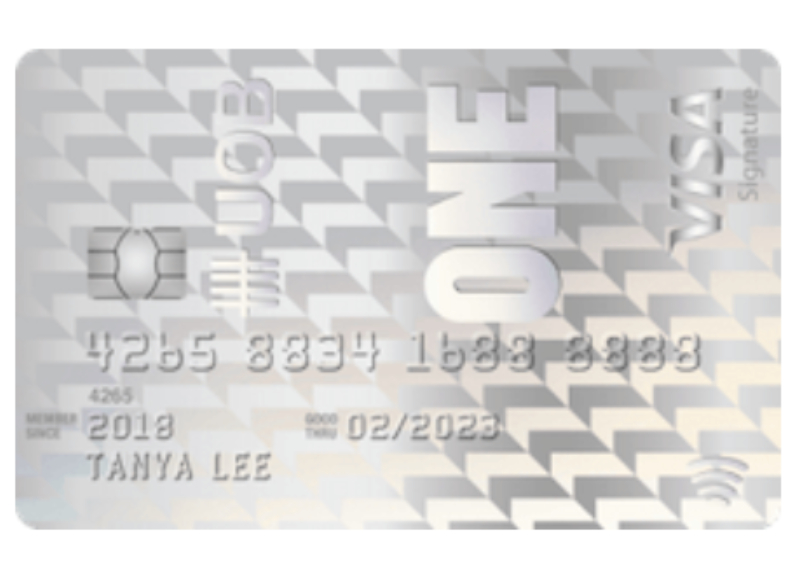Compare 8 best electricity price plans: Open electricity market (2023)

The Open Electricity Market (OEM) initiative has been in full swing for a few years already; if you've been too lazy to switch providers, remember: you can't procrastinate forever. This is your sign to choose your preferred electricity retailer in Singapore.
Don't scoff at the few bucks you could shave off your utility bills. After all, it's these dollars that really add up over time.
The OEM is a turning point in Singapore history. Up until Nov 1, 2018, electricity was provided by SP (Singapore Power) and all we had to do was pay our bills.
But now, there are many electricity retailers with published prices offering two standard pricing models… that means more than 20 electricity packages to compare. Naturally, there's some analysis paralysis…
Step 1: Decide if you want a fixed rate plan or discount off the regulated tariff. Some retailers have non-standard plans as well.
Step 2: Decide how long you want your contract to be-it can be as short as six months to as long as three years.
Step 3: Finally, compare the prices and choose your preferred power soulmate.
Before your eyes start twitching and your brain starts short-circuiting, we're here to play cupid with a comprehensive comparison of all the current retailers.
There's an official OEM comparison tool which lets you easily estimate your electricity bills and compare providers. You just need to input your type of residence, average consumption, and preference for pricing models (fixed or discount off regulated tariff).
Using that calculator, let's find out what are the cheapest retailers for a four-room HDB flat with an assumed average consumption of 360 kWh/month.
For these price plans, you pay a fixed price (calculated per kWh) for the duration of your contract. The fixed rate is not affected by SP's electricity tariff, and is applied to your total electricity consumption (regardless of what time you use it).
Short-term contracts historically used to offer the cheapest prices - possibly to encourage you to give these electricity retailers a try. (The Geneco plan is literally called "Give Us A Try".) However, these trial plans are no longer the cheapest. Instead, the cheapest electricity prices these days come from the 24-month plans. If you're new to the OEM, these six-month plans will help mitigate any commitment issues or fear that you might have.
| Electricity Retailer | 6 Months Fixed Price Plan | Price (per kWh) |
| Geneco | Give Us A Try | $0.293 |
| Sunseap | One 6 Months | $0.4212 |
| Union Power | Union Saver 6 | $0.486 |
If you don't want the hassle of possibly having to switch out half a year later, a 12-month contract will get you the next cheapest rates.
| Electricity Retailer | 12 Months Fixed Price Plan | Price (per kWh) |
| Geneco | Get It Fixed 12 | $0.2898 |
| Keppel Electric | Fixed12 | $0.2898 |
| Senoko | LifePower12 | $0.2898 |
| Pacific Light | Savvy Saver 12 | $0.2898 |
| Sunny Side-Up 12m (Green Plan) | $0.2930 | |
| Sembcorp Power | 12 Months Fixed Price Home | $0.2946 |
| Tuas Power | PowerFIX 12 | $0.2952 |
Below are the longest 24-month electricity plan contracts which will give you the cheapest electricity prices:
| Electricity Retailer | 24 Months Fixed Price Plan | Price (per kWh) |
| Geneco | Get It Fixed 24 | $0.2898 |
| Keppel Electric | Fixed24 | $0.2898 |
| Pacific Light | Savvy Saver 24 | $0.2898 |
| Senoko | LifePower24 | $0.2898 |
| Senoko | GreenLife 24 | $0.2944 |
| Tuas Power | PowerFIX 24 | $0.2952 |
Note that conventionally fixed electricity plans listed above change much more often than other type of electricity plans (see below), and the cheapest electricity retailers and plans rotate frequently as well.
For this type of plan, you get a fixed discount off SP's electricity rate, which is currently $0.2743 per kWh (April 1, to June 30, 2023).
You pay a floating rate, subject to the tariff's quarterly fluctuations. In other words, your bill will always be X per cent cheaper than if you opted for SP.
Let's do a price comparison based on a four-room HDB flat with an assumed average consumption of 360 kWh/month.
If you're with SP, your bill would have been… $98.75 per month.
| Electricity Retailer | Discount Off Tariff Plan | Discount | Bill |
| Senoko | LiveSave6 | 2% | $96.78 |
As you can see, "discount off tariff" electricity plans are not offered by many electricity retailers right now.
In addition to the standard plans, some retailers offer non-standard packages to cater to different profiles of users so be sure to check their official websites when picking a plan.
A popular one is the "peak and off-peak" pricing, which splits the day into two time slots-day and night-charging different rates for it. So, if you can use most of your electricity during off-peak hours, you can enjoy cheaper prices.
Other non-standard plans include handing out cash rebates (usually calculated based on the average of a few months), free gifts (like iPads!), and discounted prices when bundled with other products.
The retailers were reasonably aggressive with their prices and promotions a few years back. However, those promo codes and freebies have since waned.
But we'd say that it doesn't really matter. The cheaper prices are already enough incentive for you to make the switch from SP.
When the Open Electricity Market first launched, it was really difficult to find out which electricity plan is really the cheapest because some of them were complicated by this troublesome thing called Transmission Loss Factor.
When power is delivered to your home, a certain percentage of it is "lost", and different retailers dealt with this loss in different ways. Some factored the loss into their rates, while others left it as a surprise for their customers.
However, since November 2018, most retailers have standardised their billing calculation remain competitive. This means that, for those of us not gifted in Maths, we no longer have to do complicated calculations to figure out how much exactly electricity costs. Yay!
Still, these things are always subject to change, so be kiasu and please double-check your contract to make sure. If you're not sure about how your preferred retailer calculates your consumption, please give them a call.
Just in case you're curious, here are the published Transmission Loss Factors, which can be found on the OEM website.
| Load | Transmission Loss Factors (from 1 April 2023) |
| 230kV / 400kV | 1.0 |
| 66kV | 1.0 |
| 22kV | 1.003404 |
| 6.6kV | 1.008472 |
| 230V | 1.016957 |
Singapore's power is delivered at 230V, i.e. the TLF is 1.016957 currently. There are two forms of electricity billing: Either according to the meter, or loss-adjusted billing.
In general, billing according to the metered reading is more straightforward and cheaper than loss adjusted readings. No hidden charge. You just pay the X price multiplied by your consumption. For example, $0.2743 X 360 kWh = $98.75. That's it, no need to think.
For loss-adjusted billing, you need to take the TLF and multiply by to your total consumption. So it would instead be: $0.2743 X 360 kWh X 1.016957 = $100.42. That's about $1.67 more!
Most electricity retailers make it easy for you to set up a recurring charge to your credit card of choice… but bear in mind that not all credit cards will give you cash rebates for your electricity bills.
For example, some credit card terms and conditions put "recurring payments" and "bill payments" under their list of general exclusions. This can happen even if it's supposedly a cashback card with no categories or restrictions.
To play it safe, we would recommend credit cards that explicitly mention electricity bills as one of their cashback categories. The following are good options:
If you want an all-purpose credit card, the UOB Absolute Cashback card is the one to go for. You can use it to pay your electricity bills, and also insurance premiums!

Consolidate your bills on a UOB One card and hit the minimum spend of $500, $1,000 or $2,000 every month to get a flat quarterly rebate of 3.33 per cent.

Meet the OCBC 365 credit card's minimum spend of $800 a month and get three per cent cashback on your recurring electricity bills.

The POSB Everyday Card gets you two-three per cent rebate on your electricity bills from selected providers: Geneco, Sembcorp, Union Power, Tuas Power, Keppel Electric, Senoko (and yes, SP Group too) with no minimum spending requirement.

If your electricity provider accepts American Express, consider the UOB Absolute Cashback Card for a fuss-free 1.7 per cent rebate, again with no minimum spend requirement.
ALSO READ: Best fixed deposit rates in Singapore (2023): DBS, UOB, HSBC and more
This article was first published in MoneySmart.